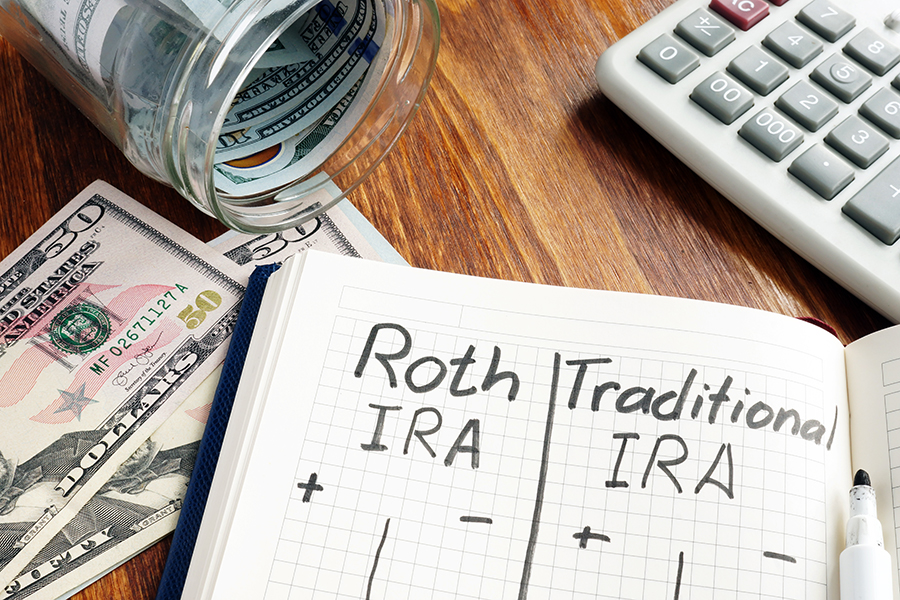There are some colleges issuing refunds for college-related expenses due to changes resulting from the COVID-19 pandemic. Many individuals are receiving refunds that can be traced back to payments made from a 529 Plan, which is designed as a tax beneficial savings vehicle if used for college expenses. 529 Plans allow savings to grow tax-free and is not taxed if/when used for college expense. To retain this tax benefit for future college expenses, the refund amount related to college expense payments made from a 529 Plan should be recontributed to the 529 plan. The recontribution must be made by July 15, 2020 or within 60 days of the date of the refund.
Getting the Most Out of Your IRA
There are often numerous options when it comes to saving for retirement. The employer-based 401k plan is one of the most common, but there are many other tax-advantaged retirements plans available. One such plan is an Individual Retirement Account (IRA). Here are some basics as it pertains to IRAs.
Traditional IRA: Individuals may enjoy the tax benefit by deducting the contributions they make to their traditional IRA. This deduction phases out if you are Married Filing Jointly (MFJ) and if your modified adjusted gross income (MAGI) is over $124,000. Traditional IRAs are tax deferred. This means, you do not have to pay taxes on the money that goes into the IRA and that you do not pay taxes until you start taking distributions from the IRA. When you reach age 72, you are required to take out required minimum distributions (RMDs).

Roth IRA: Roth IRAs are different from traditional IRAs in that contributions are made from “post tax” dollars and all growth is tax-free growth. Once you start taking distributions from your Roth IRA (after the age of 59 ½ to avoid penalty) you will not have to pay any tax on the distributions or the growth that has incurred. Roth IRAs also differ from traditional IRAs as there is no tax deduction for contributions. The maximum you can contribute is $6,000 if you are under the age of 50. This amount increases to $7,000 if you are 50 or older. Eligibility for Roth IRAs for 2020 if you are married filing jointly (MFJ) begins at $196,000 and is fully phased out at $206,000. If you are MFJ and make more than $206,000, there is still a way to contribute to a Roth known as a “backdoor” Roth IRA contribution.
Self-employed individuals have a few other IRA options to consider. Also, IRAs have certain eligibility requirements that must be met (e.g. – having earned income is a common requirement).
When markets are not doing well and the FMV of your traditional IRA has seen decreases, it may be beneficial to convert your traditional IRA to a Roth. Converting to a Roth can reduce your tax burden in future years, as you no longer pay taxes on the distributions. Changing your IRA needs to align with your overall personal financial strategy. If you have any questions about what option would be most beneficial to you and your long-term goals, please reach out to any of our trusted advisors.







